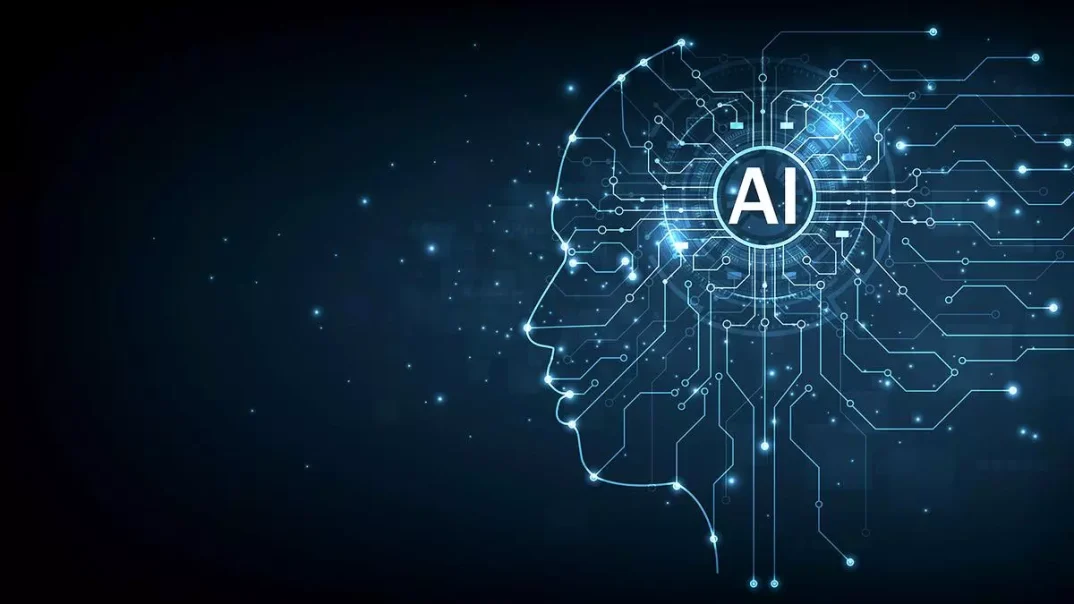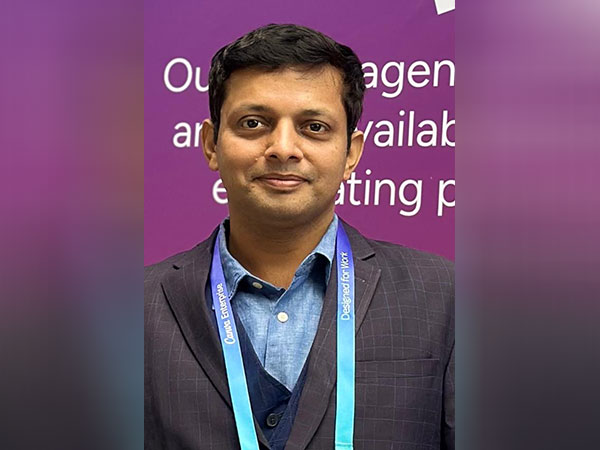In the rapidly advancing field of artificial intelligence, dominated by Large Language Models (LLMs), a subtle yet profound phenomenon is emerging. I call this the ‘AI attention divide’, a concept that offers a new lens through which to view the long-term implications of how different groups engage with AI technologies. This concept provides a crucial perspective in the discussion of AI ethics.
The AI attention divide suggests that a lack of engagement with LLMs and generative AI systems, over rapidly evolving generations of these technologies, could lead to diminishing attention from AI systems for certain groups or societies. While this concept builds on existing ideas about technology divides and AI ethics, it specifically focuses on the long-term, cumulative effects of non-engagement.
At its core, the AI attention divide hypothesis posits that as AI systems learn and adapt through user interactions, groups or sectors with limited engagement may find themselves progressively underserved over time. This is not merely a matter of access, but a more nuanced divergence in how well AI systems understand and cater to different segments of society. The potential consequences of this divide are significant. Groups or societies that do not actively engage with AI technologies might find themselves at a growing disadvantage as these systems become increasingly integrated into various aspects of life, from education and healthcare to economic decision-making and cultural production.
Active engagement
Users’ role is critical in making AI give attention to their context and problems. Solving is now more collaboration between user and AI. Active engagement is only an effective way to make AI understand cultural and linguistic nuances.
Technological integrations of LLMs in various tools and workflows would make them increasingly attuned to certain domains and user groups. LLMs work on continuous feedback through their interactions, queries, and corrections, which would make them increasingly proficient in serving these active users. Industries that rapidly adopt and engage with LLMs may pull ahead, creating sectoral economic imbalances.
As LLMs become more attuned to engaged users’ needs and contexts, the economic benefits for this group accelerate, potentially widening income and wealth gaps. Engaged users may experience faster upward social mobility due to enhanced capabilities and opportunities. Moreover, engaged parents may provide significant advantages to their children, perpetuating and potentially amplifying social mobility differences across generations. It would pose significant risk to under-representing non-engaged groups and endanger the goal of equitable governance.
India is eyeing human-centric AI development by envisaging weaving technology into our society. A crucial element of achieving this must be proactively addressing the ‘attention divide’ to ensure equitable AI engagement across all segments of the population.
Inclusive agenda
It should entail active community engagement, grassroots level mobilisation, cultural adaptability, and inclusive accessibility. These strategies would require collaboration between technology companies, governments, educational institutions, and community organisations. They should aim for ensuring equitable AI benefits, mitigating economic disparities, and promoting representative AI-driven policies and services, more importantly, fostering diverse participation in the AI driven world.
While devising solutions emphasis should be given on active participation rather than passive access, making AI relevant to diverse lifestyles and needs, encouraging cross-cultural and intergenerational exchanges, and integrating AI into public life in ways that benefit all citizens.
Attention divide threatens to create a self-reinforcing cycle of inequality, where engaged groups reap compounding economic and social benefits, while non-engaged populations risk being left behind. From skewed policy decisions to widening wealth gaps and diminished social mobility, the consequences of this divide could reshape our societal fabric. The time to act is now, before the divide becomes insurmountable.
The writer is CEO, Data Security Council of India
AI. Time to bridge the divide
SHARE
Published on August 26, 2024





